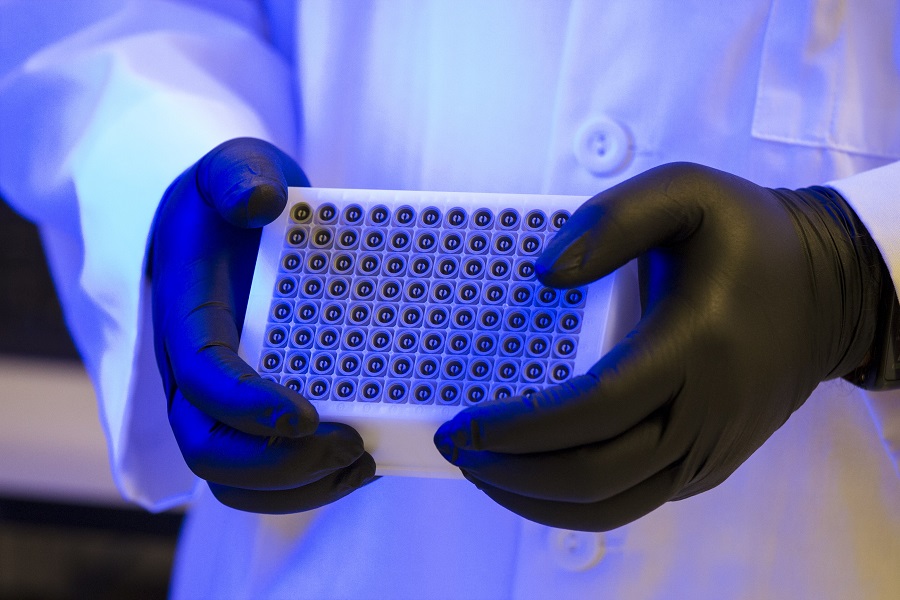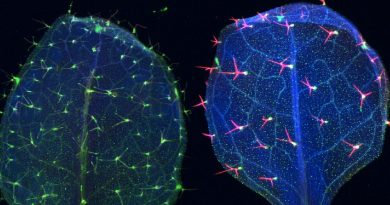Common altered pathways provide new cancer perspective
Studying cancer at the molecular level has revealed that there is not a single pathway or process that drives all the different types of cancer. Furthermore, within an individual type of cancer, say lung cancer, researchers have defined molecular-based subtypes that represent different molecular pathways that have been perturbed and driven lung cancer growth.

Al Baylor College of Medicine, Dr. Chad Creighton, associate professor of medicine and member of the Dan L Duncan Comprehensive Cancer Center division of biostatistics, and his colleagues, are studying cancer from the perspective of the altered metabolic pathways that drive tumor growth.
“In this study, we wanted to find common pathways across cancers from different tissues,” Creighton said. “We used the Cancer Genome Atlas, a publicly available data set that allows us to look at what many types of cancers have in common.”

The researchers applied a different computational approach to subtract all tissue-specific differences and identify what pathways remained. They analyzed about 10,000 human cancers of 32 different types and were able to define 10 major cancer groups that they call classes.
Most classes include cancers from different tissues that have in common specific molecular pathways that are altered and potentially driving cancer growth. Then, the researchers identified specific genes that characterize each of those classes to better understand what the pathways do.
Altered pathways
“We found a class that had a very high expression of altered genes that are involved in the immune checkpoint, which refers to tumor molecules that signal the immune cells in charge of destroying the tumor to leave it alone,” Creighton said. “Other classes had altered genes in pathways linked to metabolism or stress.”

Another subset had a molecular signature of neuroendocrine tumors, a type of tumors that can be found within a wide range of tissues, but it has its own unique characteristics and profile.
“We expected that about 1 percent of the tumors would show a neuroendocrine signature, but we found that about 4 percent were showing this,” Creighton said. “This represents a substantial number of patients when you consider all human cancers.”
Even though the tumors were not originally diagnosed as neuroendocrine tumors, they had a signature of this type of cancer. For the researchers, this finding suggests that there might be a number of neuroendocrine cancers that are being missed.
“We think there is a need for reconsidering what type of markers to look for to identify neuroendocrine tumors,” Creighton said.
Some of the biological pathways identified in this study have been explored in the laboratory setting, for years now.
“An appreciable number of human cancers manifest these pathways that we found to be relevant in the laboratory setting,” Creighton said.
We think it is very important to map out the pathways a cancer seems to be using to grow. Knowing this can be the first step in determining how to better target that particular cancer.”
Find all the details of this study in the journal Clinical Cancer Research.
Other contributors to this work include Fengju Chen, Yiqun Zhang, Don L. Gibbons, Benjamin Deneen, David J. Kwiatkowski and Michael Ittmann.
This work was supported in part by Cancer Prevention and Research Institute of Texas (CPRIT) grants RP120713 C2, RP150405 and RP120713 P2, and by National Institutes of Health grant P30CA125123.



